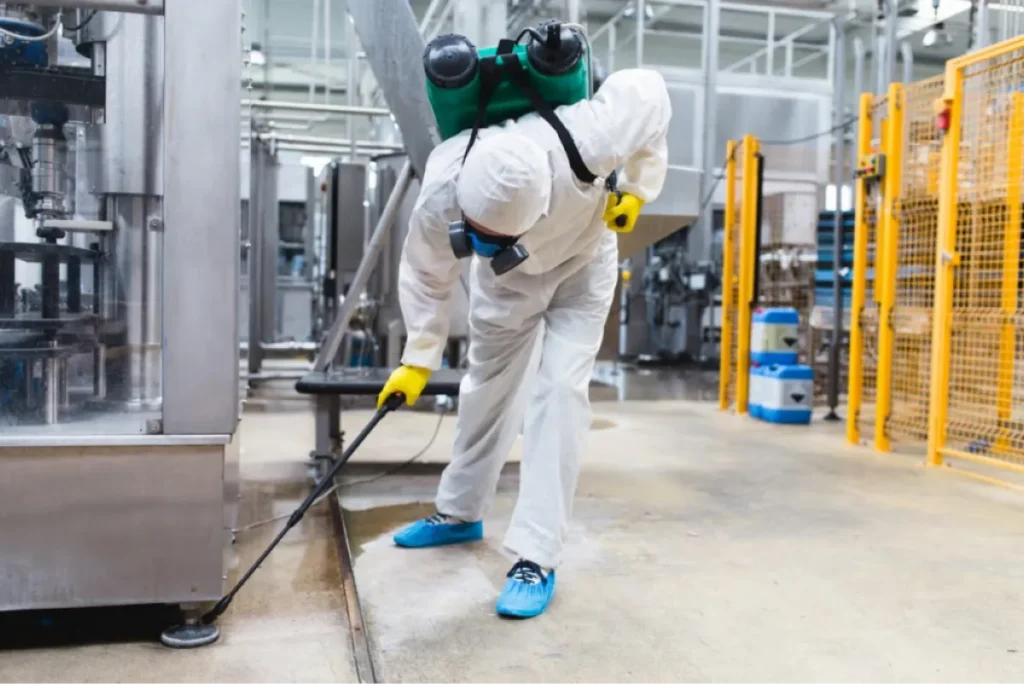Common Warehouse Pests and Their Signs
Rodents (droppings, gnaw marks, nests)
Rats and mice create the most threats to warehouse operations through several warning signs. Rodent droppings contain harmful pathogens and appear as dark pellets along walls and near food storage areas. Active infestations show gnaw marks on packaging, electrical wiring, and structural elements. Dark and secluded areas often reveal rodent nests made from shredded paper, cotton, and packing materials.
Insects (cockroaches, ants, beetles)
You can spot ant infestations through→
- Visible trails along walls and entry points
- Soil mounds near building exteriors
- Sawdust trails near wooden structures (carpenter ants)
Birds (droppings, nests, feathers)
High-Risk Areas for Pest Infestations
Warehouse managers need to focus on specific zones where pest control management needs to work well. These high-risk areas require special attention, and understanding them helps managers create targeted prevention plans.

Loading docks and entrances
Storage areas and shelving units
Food storage and preparation areas
- Proper sealing of food containers and packaging
- Regular rotation of stored products
- Immediate cleanup of spills and food debris
- Monitoring of temperature and humidity levels
Waste management zones
Immediate Actions for Pest Control
Warehouse pest control works best through quick, coordinated action at the time infestation signs appear. Professional pest management teams use systematic methods that tackle current problems and establish lasting control measures.

Complete inspection and documentation
- Entry points and structural vulnerabilities
- Moisture sources and drainage systems
- Product storage conditions and rotation patterns
- Historical pest activity records
- Environmental factors affecting pest presence
Sealing entry points
Better Sanitation Practices
- Clean up all debris and remove damaged products
- Set up proper waste containers and disposal systems
- Create regular cleaning schedules in areas with high risk
- Fix drainage systems to control moisture problems
- Design clear protocols to handle spills quickly
Long-Term Pest Prevention Strategies

Regular pest control inspections
- Structural vulnerability assessments
- Moisture level monitoring
- Harborage point identification
- Documentation of pest activity patterns
- Environmental risk evaluation
Staff training on pest identification
- Recognition of common pest species
- Understanding of pest behavior patterns
- Proper documentation methods
- Communication protocols for sightings
- Prevention best practices
Integrated Pest Management (IPM) approach
Upgrading facility infrastructure





